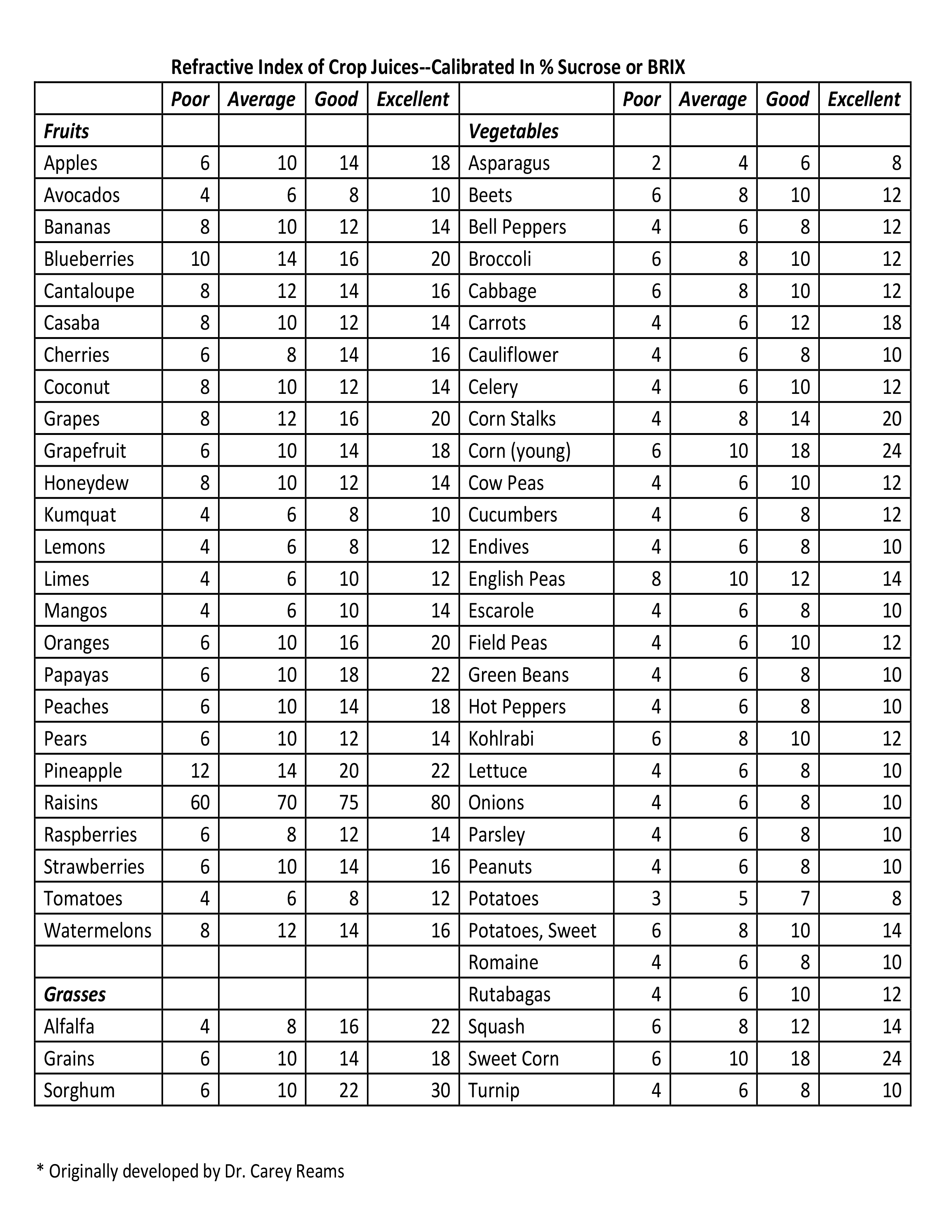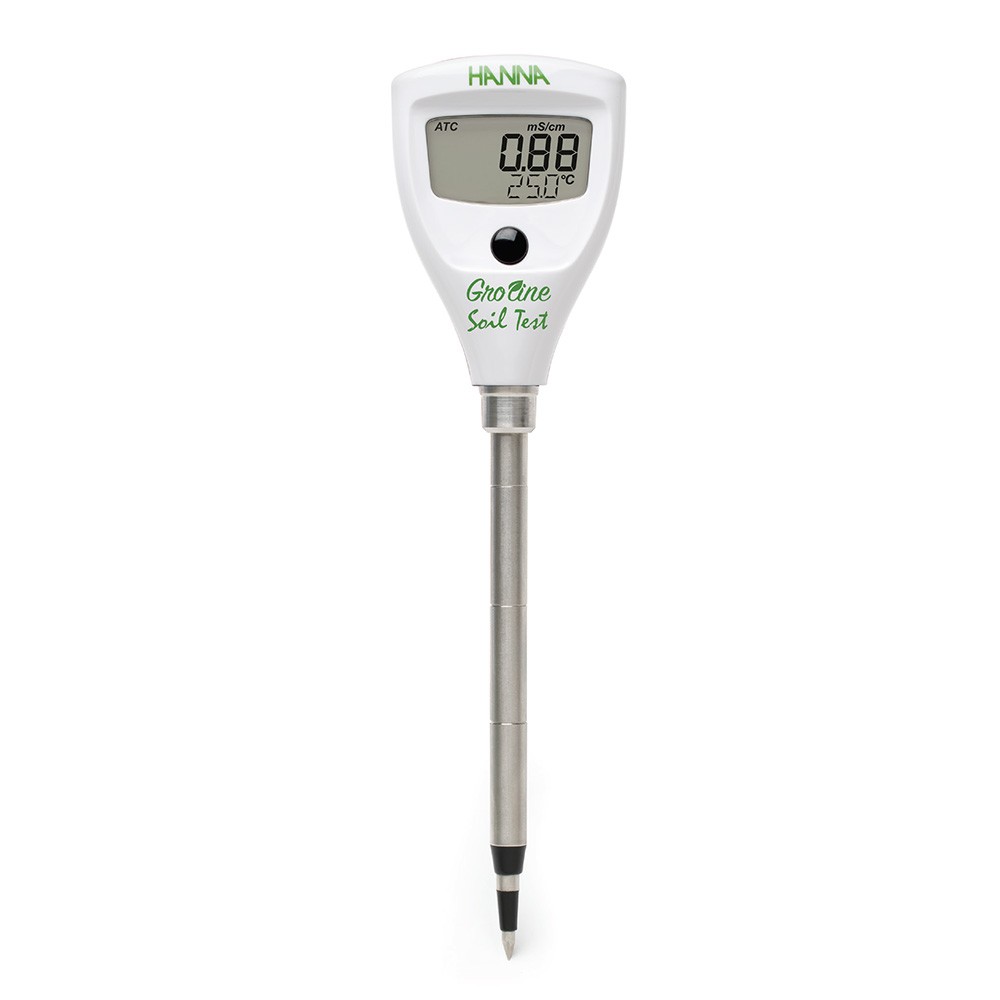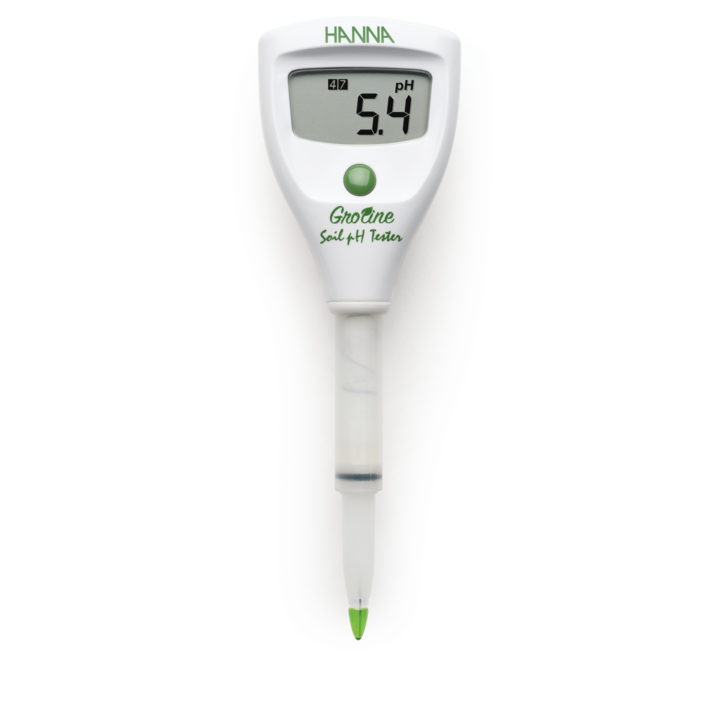What measuring Electrical Conductivity (EC) tells about your water, soil and plant health ?
A soil-based farmer usually focuses on what nutrient to apply to his soils and is mostly looking for that “magic product” which after applying will take care of the yields and quality automatically.
This creates over use of unknown fertilisers and PGRs and mostly an over-use of them leading to ultimately poor yields, poor nutrition levels, massive pest and disease attack and ultimately frustration.
This cycle never stops once it begins. The main culprit here is “ignorance” – which is never a bliss when it comes to agriculture.
When we talk about a scientific basis to farming, we mean using tools, instruments and meters easily available at affordable prices which can change the way you see crops responding to a fertilizer application. Even a simple thing like “Water” (which is a fertilizer) is ignored many times thinking the source is good and so the quality of water is already by default good for use.
We offer testers and instruments on our website (check list here ) so that farmers start using them and gain benefits from them because what is measure can only be managed…!
We have pushed a lot of farmers associated with us to start testing their Water, Soil and Sap for parameters like pH, EC and Brix. These 3 parameters when measured and monitored will help you tweak your nutrition program, increase or decrease water application and will always keep you ahead in the game.
You can check other articles on our Blog on measuring SAP – Brix and pH and you already are aware of soil pH, we would like to highlight here the importance of “Electrical Condctivity (EC)” of water and soil.
WATER EC :
Conductivity reading (mS/cm)
< 0.8 : Safe for use.
0.8 – 3.00 : Progressively increasing danger of salinity problems. Sensitive plants will show symptoms.
> 3.0 : Unsafe for use.
These are a few suggestions to minimise problems where saline irrigation water is used :
1. Use an open, well-drained mix and irrigate frequently to minimise increasing salt concentration as mix dries out and irrigate heavily to leach out any accumulated salt.
2. Avoid sprinkling on leaves with saline water.
3. Find a better quality water source if possible.
4. Install a UB’Cal Water Conditioner (no recurring cost, no servicing post installation).
SOIL & POTTING MEDIA EC :
Conductivity reading (mS/cm)
< 0.1 : Very low. Fertilizer required.
0.1 – 0.3 : Safe
0.3 – 0.8 : Safe. Higher values in this range may affect some species, particularly if drainage is poor.
Seed germination may be affected.
0.8 – 1.0 : Salinity problems depending on species, potting mix and drainage. Specific ion effects likely.
Seedling growth likely to be affected.
1.0 – 1.5 : Plant growth likely to be affected. Leaf symptoms should be apparent.
> 1.5 : Too high
These are a few suggestions to minimise fertiliser salinity problems :
– Do not apply high concentrations of soluble fertilisers to force plant response.
– When liquid feeding, use larger volumes of low concentration frequently rather than concentrated volumes not frequently.
– Regularly leach out pots with plain water to remove any accumulated salts.
We hope that you will start maintaining records (test weekly) and here is a table that will help you maintain records and take corrective actions on field or in your Terrace Gardens….
Date Media pH EC Brix
Water xx xx xx
Soil xx xx xx
Sap xx xx xx
Professional Meters we recommend :
4. Sap pH meter
Feel free to post comments or experiences or record keeping tips for our readers and your fellow farmers.
Cheers,
Team D2F.
Two things every farmer should farm test with the pH meter to get higher yields and better quality.
For farmers in India pH is only a number in the soil report.
There is more focus on pH of water over soil and the concept of pH of leaf sap or Petiole doesn’t still exist. This is one of the main reasons why Indian Agriculture is lagging behind over the world in terms of yield and more so in terms of produce quality.
It’s a change in mindset which is required, openness to newer technologies and adaption to change. Technologies which have been existing and used by US farmers since 1950s are still not seen to be used in Indian Agriculture.
Our farmers still live in the archaic world and do what the local agronomist with a local degree and limited knowledge tell farmers to do. Agronomists are company salesmen and they recommend products that adds jingles to their pocket.
A simple thing like testing soil pH is also given to a lab while it can be done by every farmer at an affordable cost. All you need is either a probe to get an approx idea or the regular pH meter or even a pH strip can make do.
Why the need to farm test pH of soil or leaf Sap?
Soil pH tells you the following :
1. Acidic pH : The bacterial workforce in the soil is under pressure that fix from Nitrogen and make Bio available fb the other important minerals. This will happen if pH is below 5.8Acidic pH will hamper Vegetative growth which can be corrected immediately if measured.
2. Alkaline pH : The fungi team in the soil is being attacked if pH is over 8.0 Alkaline pH will affect flowering, increase flower drop, fruit set and overall fruit quality.
Sap pH tells you the following :
1. Acidic pH : Below 6.4 there will be a noticeable deficiency in Cations – Ca, Mg, K and Na level. Since fungi love acidic pH, there will be an increase in fungal attack.
2. Alkaline pH : Over 6.4 means the anions – Nitrogen, Phosphorus & Sulphur are short. Over pH of 8.0 the chance of insect attack is very high or rather 100% certain.
Which is the right product to test Leaf Sap ? The only suitable product is from Horiba Japan shown below which has a smart compartment to take in just 2 drops of the sap and give you the perfect reading !
What is Measured can only be Managed. Once managed, it can be taken advantage off and every farmer can get higher yields and a great fruit with Balanced Soil Fertility.
So get juicing your leaves, after all it takes just 2 drops that make a huge difference!
Brix, Pest attack and Plant Health
Farmers across India are under utilising a device which as be used as a Fertility meter and give you greater and deeper insights into the health of your crops !
We mostly use Brix meter at harvest where as it should be used on almost daily basis – Twice a day at least if you really want to make the most of it.
A higher sap brix level is what every farmer should target once you seriously start your Nutrition Management Program.
After the sap is extracted and 2 drops put on the brix meter there are the following things a farmer can infer from it :
- A lower brix level means lower plant health has been comprised and it won’t give the expected yield, quality, taste and sweetness.
- If you are finding pest attack happening quite frequently or if your insecticides, herbicides, fungicides consumption has gone up – your brix level will be pretty low than what it should actually be.
- If the minerals and sugars are moving perfectly well inside the plants system it is an indication that your Xylem and Phloem are working efficiently. This will show a higher brix level of the leaf sap.
- A higher brix means your plants are ready to fight Climate Change – they can fight drought & frost better.
The reason why every farmer should be using the Refractometer at least twice a day – Morning & Afternoon is because morning reading should be lower than afternoon reading. The reason is sugars move into the roots at night and this gives a lower brix reading.
So what is A Good Brix Reading for your Crop ?
Here’s a Chart for several Fruits & Vegetables by Dr. Carey Reams which should be referred by every farmer




